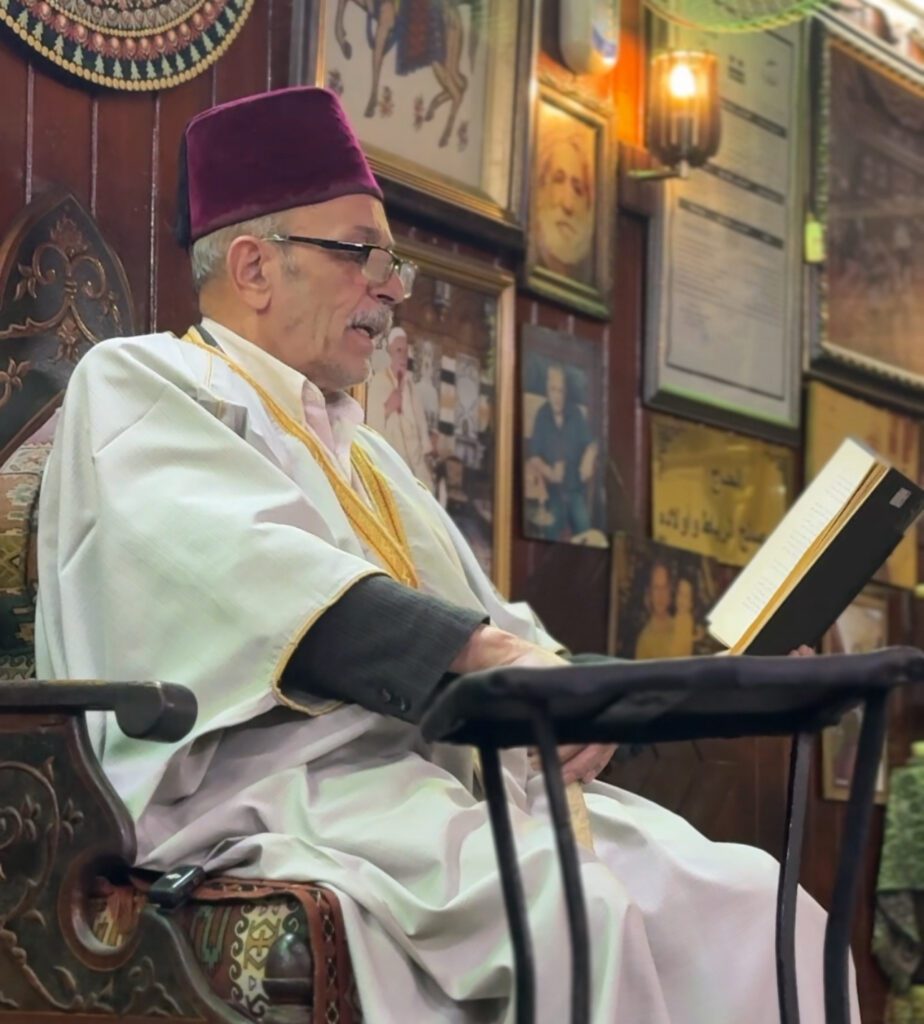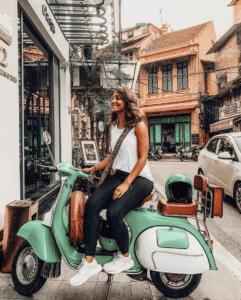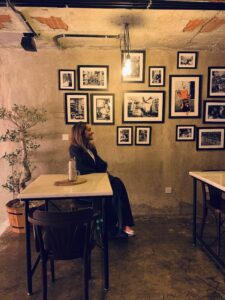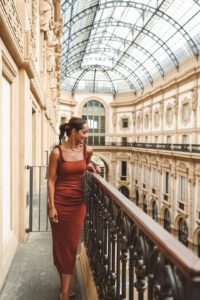I’ve heard about and seen Damascus through social media and visits of my friends. While being in Dubai , my friends mentioned to me that they are organizing a 10 days trip to Syria. Checking with my schedule, I saw an opportunity where I could join them to explore Syria!
The trip itinerary was to Damascus, Saidnaya, Maaloula, Der Mar Musa, Palmyra, Krak Des Chevaliers, Latakia, Kessab, Aleppo, Homs, Busra and back to Damascus.
I was only able to join Damascus, Saidnaya and Maaloula. So I will have this blog post about Damascus only!

If you’re planning to visit Damascus, here are where I recommend you stay:
In Damascus, appearances can be deceiving. From the outside, the homes may seem modest and uniform, with plain facades blending seamlessly into the ancient streets. However, the moment you step inside, you’re transported to a completely different world—one of intricate architecture, lavish courtyards, and ornate interiors. The contrast is so striking that it feels almost unbelievable that such beauty and elegance could be hidden behind such unassuming exteriors. This blend of simplicity on the outside and grandeur within reflects the city’s deep cultural heritage, where privacy and hospitality coexist in perfect harmony.
Money
In Damascus, cash is king, and travelers need to prepare accordingly. With limited access to international banking systems, credit cards are rarely accepted, making it essential to carry cash for most transactions. However, the local currency, the Syrian pound (SYP), has a relatively low value, meaning even modest amounts convert into thick bundles of bills. As a result, visitors often find themselves needing a small bag or pouch just to carry enough cash for daily expenses like meals, taxis, or shopping in the souks. While handling large stacks of money can feel cumbersome, it also adds a layer of charm to the experience, immersing travelers in the unique rhythms of everyday life in Damascus.
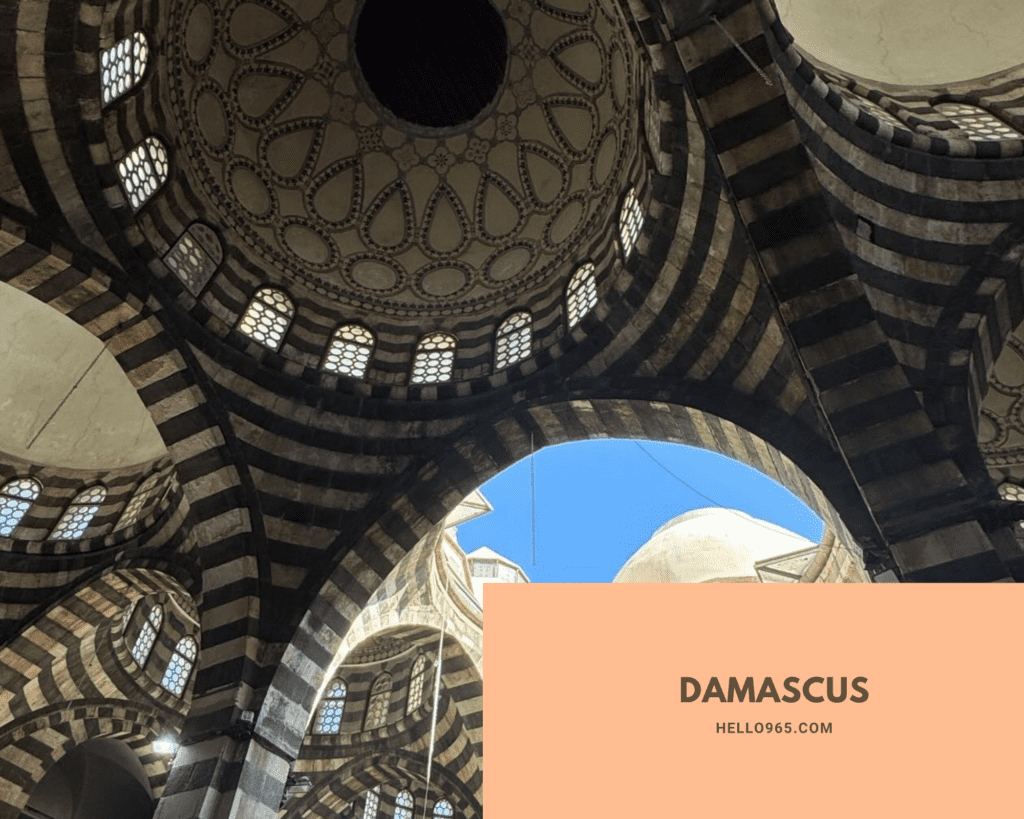
Clothing
When it comes to clothing, Syria is fairly relaxed, and travelers can dress comfortably without much concern. While locals appreciate modesty, especially in smaller towns, casual attire like jeans, t-shirts, and dresses is widely accepted in cities like Damascus and Aleppo. The only places where covering up is required are mosques and other religious sites, where visitors should wear long sleeves, pants or skirts, and women may need to cover their hair with a scarf. Beyond that, the focus is on practicality—comfortable shoes are a must for exploring, as the streets, especially in the old cities, are often uneven, with cobblestones and steep alleys. Dressing light but practical will ensure you’re ready for both the historical charm of Syria’s urban centers and long walks through its bustling markets and ancient ruins. I visited in October and the weather was really cold for me; so ensure you check the weather forecast and dress warmly if needed!
Day 1, Damascus
Full day in Old town Damascus was how we started our day! Starting from Asaad Pasha passing by Azim Palace, the Hamidiah Bazar, with a stop in Bakdash (The oldest Ice cream shop in the world) and lunch at the oldest shawarma shop in the world.
Evening time, we passed by Umayyad Mosque (The Umayyad Mosque in Damascus, also known as the Great Mosque of Damascus, is one of the oldest and most revered mosques in the world, rich with history and spiritual significance. Built in the early 8th century on the site of a former Roman temple and Christian basilica, the mosque reflects the layers of cultural and religious heritage that have shaped the city.)
Later, we made a stop at AlNawfara Cafe (Where Alhakawati is!) Al hakawati is a storyteller, and the stories are in Arabic.
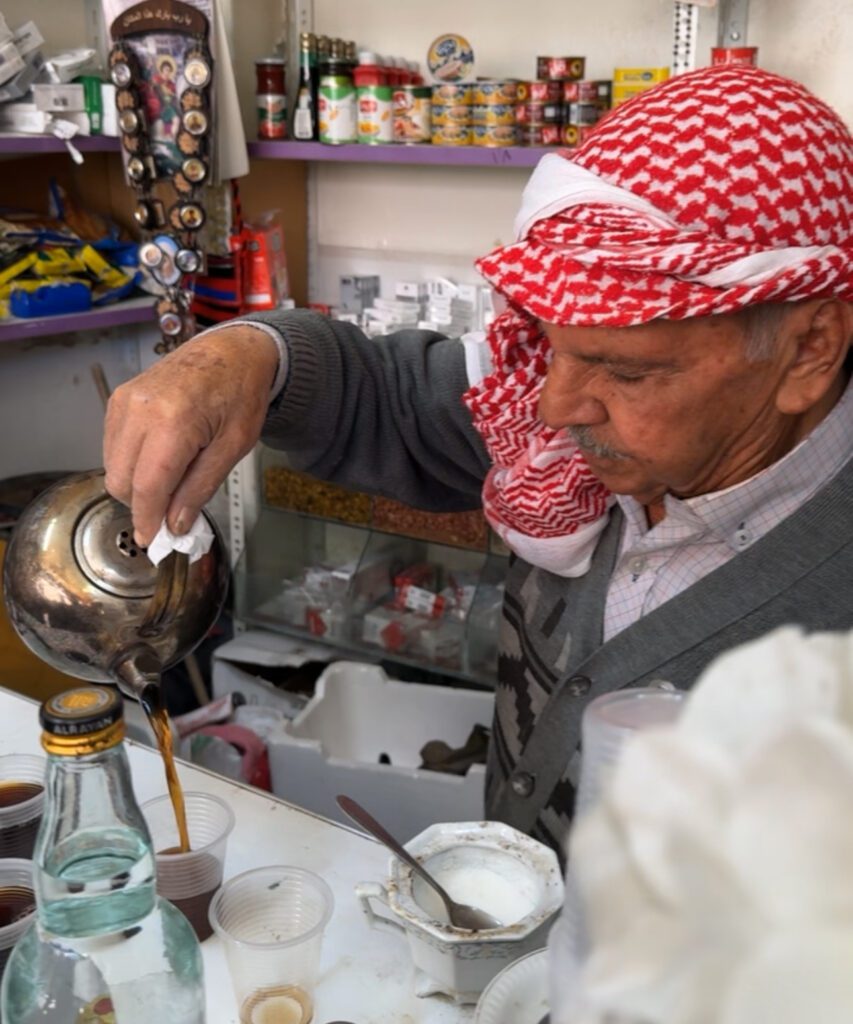
Day 2:
Pass by a Mosaic shop: a top place to explore intricate local crafts is the Old City’s renowned mosaic shops. The most notable among these is Antoun Franciss Ashkar, located near Bab Sharqi and in Hanania Alley. This shop, which has been in operation since 1916, offers a variety of wooden mosaic works, oriental decorations, and antiques. Managed by the Ashkar family, it has expanded its offerings to include furniture, brocade, and qishani (traditional faience).
Take a stroll in the Souq! Hameidiyyeh market
Tekiyeh Souq Shopping: Browse for handmade crafts, embroidered fabrics, or delicate glassware at the artisan stalls near Tekkiyeh Sulaymaniyah.Relax in a Hammam: Unwind with a traditional bath and massage at Hammam Nur al-Din al-Shahid, one of the oldest hammams in the city.
Four Seasons Damascus (Al Halabi Restaurant): Indulge in a sophisticated lunch featuring refined Syrian and Middle Eastern dishes in an elegant setting. Otherwise: Stop at Beit Jabri, a traditional café in the Old City, offering Syrian favorites like mezze and shawarma in a beautiful courtyard setting.
Christian Quarter & Bab Touma: Wander through this vibrant part of the city. Visit St. Ananias Church, believed to be one of the world’s oldest Christian worship sites.
Dine at Naranj, a restaurant known for its upscale take on Syrian cuisine, with beautiful views over the Old City walls.
